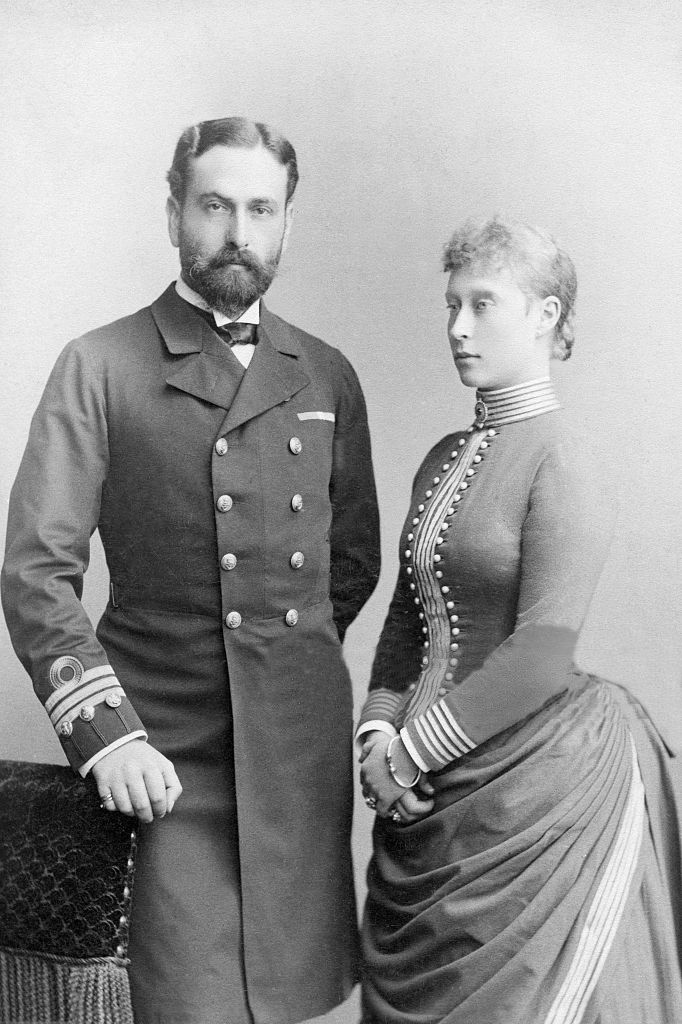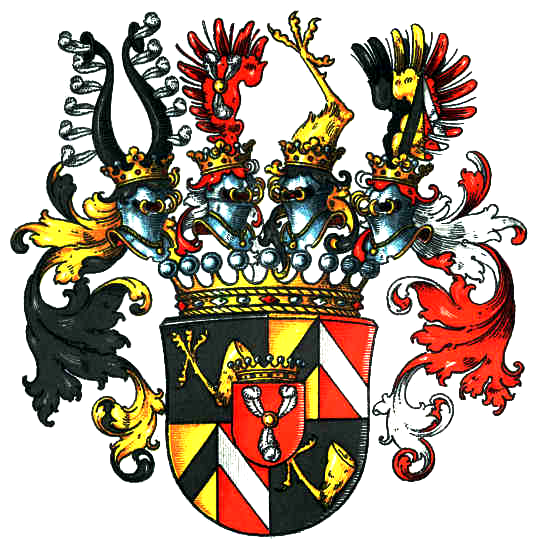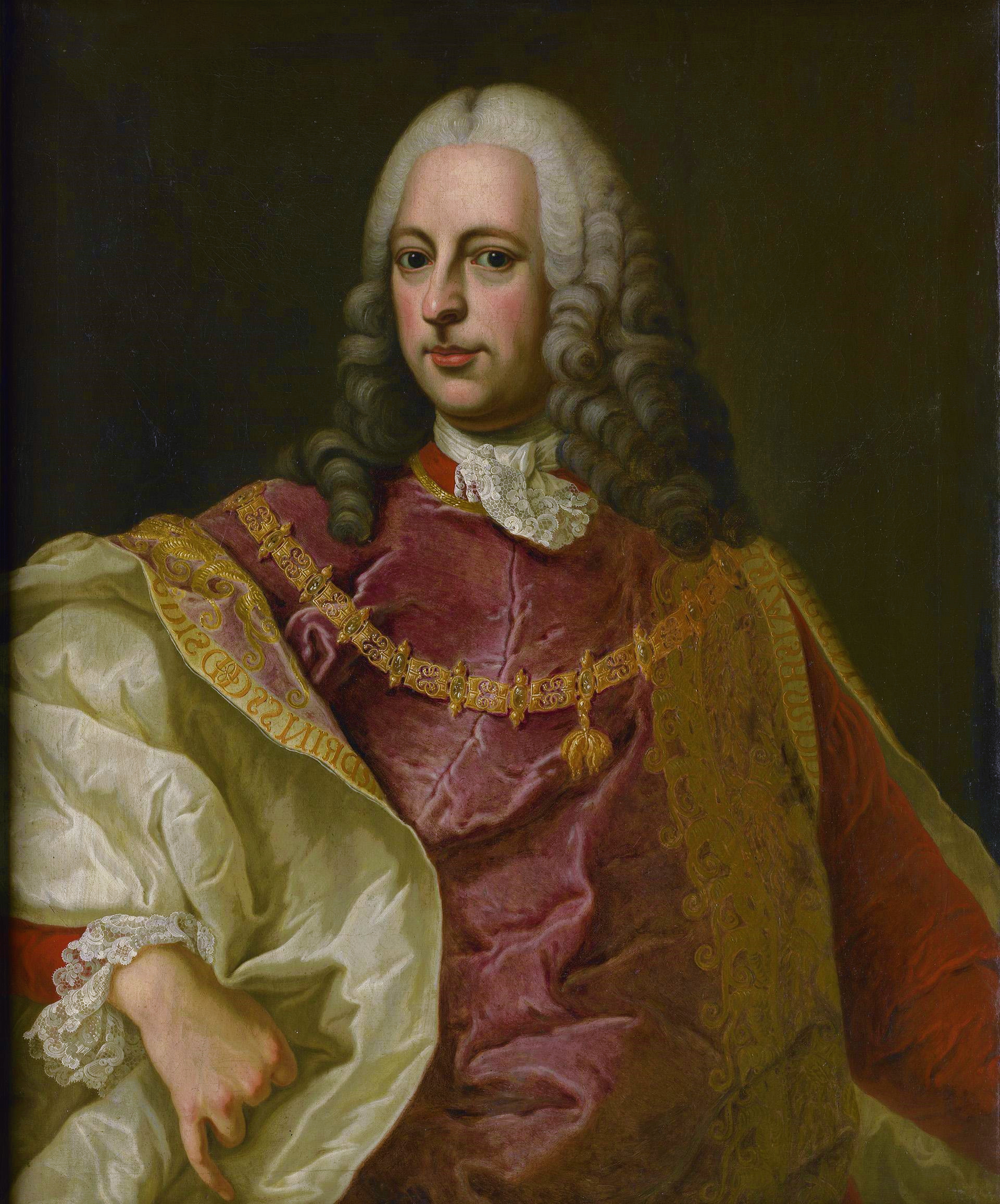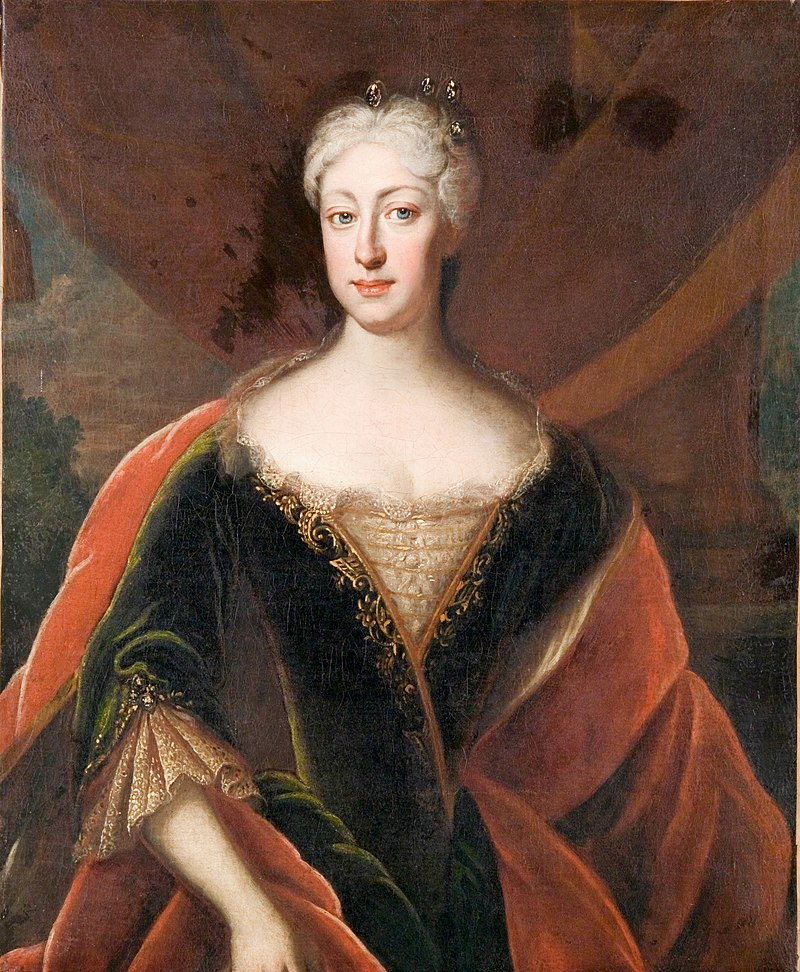compiled by Susan Flantzer
© Unofficial Royalty 2023

Prince William, The Prince of Wales; Credit – Wikipedia
Prince William, like his father King Charles III, is descended from two children of Queen Victoria of the United Kingdom – King Edward VII, through his paternal grandmother Queen Elizabeth II, and Princess Alice, the second daughter and third child of Queen Victoria, through his paternal grandfather Prince Philip, Duke of Edinburgh. Though his mother Diana, Princess of Wales, William is a descendant of both King Charles II of England by two illegitimate sons – Charles Lennox, 1st Duke of Richmond, and Henry FitzRoy, 1st Duke of Grafton – and King Charles II’s brother King James II of England by his illegitimate daughter Henrietta FitzJames.
Parents, Grandparents, Great-Grandparents, Great-Great-Grandparents, and Great-Great-Great-Grandparents of Prince William, The Prince of Wales (born June 21, 1982)
The links below are from Unofficial Royalty, Wikipedia, or The Peerage.
Parents

Prince William’s parents; Credit – Wikipedia
- King Charles III of the United Kingdom (born 1948)
- Lady Diana Spencer (1961 – 1997)
Grandparents

Prince Philip, The Duke of Edinburgh and Queen Elizabeth II, paternal grandparents; Credit – Wikipedia
- Prince Philip of Greece and Denmark (1921 – 2021)
- Queen Elizabeth II of the United Kingdom (1926 – 2022)
- John Spencer, 8th Earl Spencer (1924 – 1992)
- The Honourable Frances Roche (1936 – 2004)
Great-Grand-Parents

Prince Andrew of Greece and Princess Alice of Battenberg, great-grandparents; Credit – Wikipedia
- Prince Andrew of Greece and Denmark (1882 – 1944)
- Princess Alice of Battenberg (1885 – 1969)
- King George VI of the United Kingdom (1895 – 1952)
- Lady Elizabeth Bowes-Lyon (1900 – 2002)
- Albert Spencer, 7th Earl Spencer (1892 – 1975)
- Lady Cynthia Hamilton (1897 – 1972)
- Maurice Roche, 4th Baron Fermoy (1885 – 1955)
- Ruth Sylvia Gill (1908 – 1993)
Great-Great-Grandparents

Prince Louis of Battenberg (later Louis Mountbatten, 1st Marquess of Milford Haven) and Princess Victoria of Hesse and by Rhine, great-great-grandparents; Credit – Wikipedia
- King George I of Greece (1845 – 1913) (born Prince Vilhelm of Denmark)
- Grand Duchess Olga Konstantinovna of Russia (1851 – 1926)
- Prince Louis of Battenberg (1854 – 1921) (later Louis Mountbatten, 1st Marquess of Milford Haven)
- Princess Victoria of Hesse and by Rhine (1863 – 1950)
- King George V of the United Kingdom (1865 – 1936)
- Princess Victoria Mary of Teck (1867 – 1953)
- Claude Bowes-Lyon, 14th Earl of Strathmore and Kinghorne (1855 – 1944)
- Cecilia Nina Cavendish-Bentinck (1862 – 1938)
- Charles Spencer, 6th Earl Spencer (1857 – 1922)
- Margaret Baring (1868 – 1906)
- James Hamilton, 3rd Duke of Abercorn (1869 – 1953)
- Lady Rosalind Bingham (1869 – 1958)
- James Roche, 3rd Baron Fermoy (1851 – 1920)
- Frances Ellen Work (1857 – 1947) – an American heiress
- William Smith Gill (1865 – 1957)
- Ruth Littlejohn (1879 – 1964)
Great-Great-Great-Grandparents

Grand Duke Konstantin Nikolaievich of Russia and Princess Alexandra of Saxe-Altenburg, great-great-great-grandparents; Credit – Wikipedia
- King Christian IX, King of Denmark (1818 – 1906) (born Prince Christian of Schleswig-Holstein-Sonderburg-Glücksburg)
- Princess Louise of Hesse-Kassel (1817 – 1898)
- Grand Duke Konstantin Nikolaievich of Russia (1827 – 1892)
- Princess Alexandra of Saxe-Altenburg (1830 – 1911)
- Prince Alexander of Hesse and by Rhine (1823 – 1888)
- Countess Julia Hauke (1825 – 1895)
- Ludwig IV, Grand Duke of Hesse and by Rhine (1837 – 1892)
- Princess Alice of the United Kingdom (1843 – 1878)
- King Edward VII of the United Kingdom (1841-1910)
- Princess Alexandra of Denmark (1844 – 1925)
- Francis, Duke of Teck (1837 – 1900)
- Princess Mary Adelaide of Cambridge (1833 – 1897)
- Claude Bowes-Lyon, 13th Earl of Strathmore and Kinghorne (1824 – 1904)
- Frances Dora Smith (1832 – 1922)
- Reverend Charles Cavendish-Bentinck (1817 – 1865)
- Caroline Louisa Burnaby (1832 – 1918)
- Frederick Spencer, 4th Earl Spencer (1798 – 1857)
- Adelaide Seymour (1825 – 1877)
- Edward Baring, 1st Baron Revelstoke (1828 – 1897)
- Louisa Emily Charlotte Bulteel (1839 – 1892)
- James Hamilton, 2nd Duke of Abercorn (1869 – 1953)
- Lady Mary Anna Curzon-Howe (1848 – 1929)
- Charles George Bingham, 4th Earl of Lucan (1830 – 1914)
- Lady Cecilia Catherine Gordon-Lennox (1838 – 1910)
- Edmond Roche, 1st Baron Fermoy (1815 – 1874)
- Eliza Caroline Boothby (1821 – 1897)
- Frank Work (1819 – 1911)
- Ellen Wood (1831 – 1877)
- Alexander Ogston Gill (1832 – 1908)
- Barbara Smith Marr (1843 – 1898)
- David Littlejohn (1841 – 1924)
- Jane Crombie (1843 – 1917)
Sources:
This article is the intellectual property of Unofficial Royalty and is NOT TO BE COPIED, EDITED, OR POSTED IN ANY FORM ON ANOTHER WEBSITE under any circumstances. It is permissible to use a link that directs to Unofficial Royalty.




















